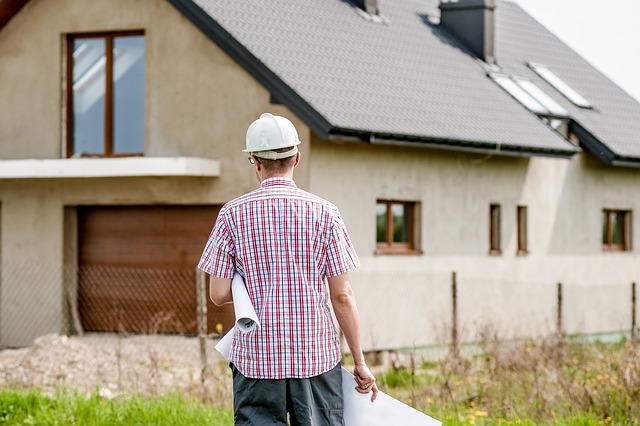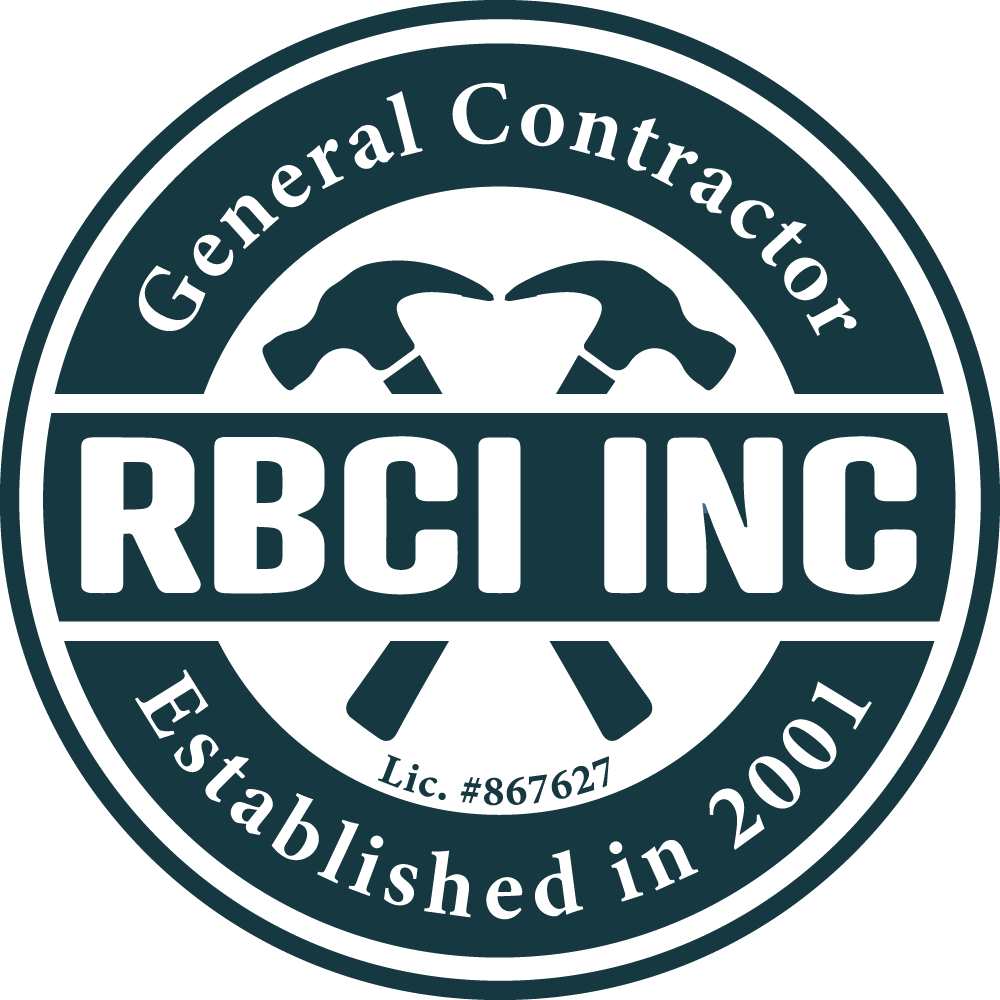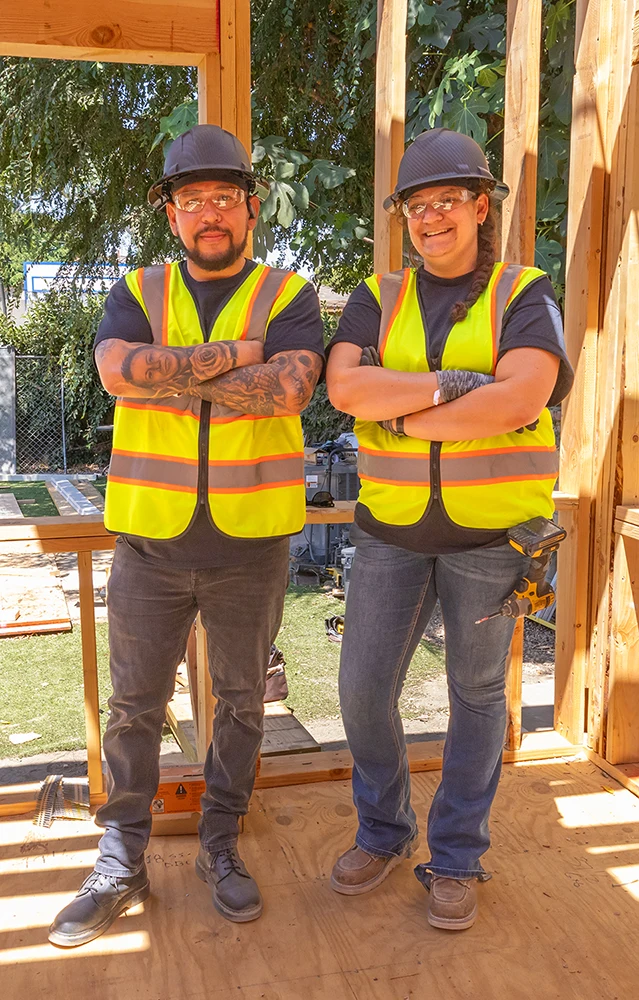
Renovating an apartment building is a major undertaking, and setting a realistic budget is crucial for the project’s success. Proper budgeting helps manage costs, avoid surprises, and ensure you achieve the desired results without overspending. Whether you’re planning a light apartment renovation or a complete gut renovation, understanding the financial landscape is essential. This guide outlines the essential steps for creating a practical and effective budget for your multi-family renovation project and keeping your rental property competitive in the real estate market.
Assess the Scope of the Renovation
Start by determining the scale and scope of your renovation project. Are you making cosmetic upgrades like fresh paint and new fixtures, or are you tackling major structural changes? A detailed assessment ensures you understand the full scope and can prioritize based on necessity and budget constraints.
Break down the project into key categories:
- Interior updates: Flooring, lighting, cabinetry, and fixtures
- Exterior improvements: Facades, landscaping, and outdoor amenities
- Common area enhancements: Lobbies, recreational spaces, and shared facilities
- Mechanical systems: HVAC, plumbing, and electrical systems
For larger projects, like gut renovations, where you strip the space down to its framework, costs, and timelines can expand significantly. Carefully evaluating your renovation needs will help you determine whether a partial upgrade or a complete home renovation is necessary.
Research Costs and Get Estimates
Once the scope is clear, research material and labor costs. Prices vary depending on location, quality, and market conditions. It’s crucial to obtain multiple quotes from contractors specializing in multi-family housing to compare rates and services.
Key cost factors include:
- Material costs: Flooring, countertops, appliances, and fixtures
- Labor expenses: Contractors, electricians, plumbers, and specialists
- Permit fees: Costs associated with local building codes and compliance
- Design and consulting fees: Professional input on design and layout
For a more extensive home improvement project, construction costs can escalate quickly, so having precise estimates is essential. Consider reaching out to property management professionals for advice on market-appropriate upgrades and cost-saving opportunities.
Establish a Contingency Fund
Unexpected issues are common in multifamily renovations. Allocate 10-20% of your total budget for contingencies like structural repairs, supply chain delays, or rising material costs.
For instance, during a gut renovation, you might discover outdated wiring or plumbing that needs replacing. A contingency fund ensures that surprises don’t derail your project timeline or renovation budget.
Prioritize Projects
Not every renovation delivers the same return on investment. Prioritize projects that enhance property value and tenant satisfaction, keeping your rental property competitive and appealing.
High-impact renovations include:
- Kitchen and bathroom upgrades: Modern fixtures, energy-efficient appliances, and contemporary designs
- Energy-efficient installations: Windows, HVAC systems, and LED lighting
- Safety improvements: Fire systems, secure entryways, and updated surveillance
- Aesthetic enhancements: Fresh paint, updated flooring, and modern finishes
By focusing on these areas, you balance renovation costs with long-term benefits like higher rental income and tenant retention.
Track Spending and Adjust as Needed
During the renovation, monitor expenses closely. Use budget tracking tools to record payments and compare them against your initial budget.
If construction costs begin to exceed projections, revisit your priorities and adjust non-essential spending. Staying flexible helps maintain financial control without compromising quality.
Additionally, regular site visits and progress checks help ensure contractors stay on schedule and within the agreed budget.
Explore Financing Options
For large-scale apartment renovation projects, securing the right financing is crucial. Explore various funding sources:
- Traditional bank loans: Reliable but often require extensive documentation
- Government-backed loans: Incentives for energy-efficient and sustainable upgrades
- Private investors: Partnerships that provide funding in exchange for equity or profit shares
- Construction loans: Short-term loans specifically designed for renovation projects
Understanding your financial options allows you to choose the best approach for your renovation budget and long-term property management goals.
Communicate with Stakeholders
Effective communication with tenants, property managers, and contractors is vital for a smooth renovation project. Keep tenants informed about timelines and disruptions and address their concerns promptly.
For rental properties, consider offering temporary amenities or rent discounts if renovations cause significant inconvenience. Clear communication helps maintain tenant satisfaction and reduces turnover.
Conclusion
Setting a realistic budget for apartment home renovations requires careful planning, thorough research, and ongoing management. By assessing the scope, obtaining accurate estimates, establishing a contingency fund, and prioritizing high-impact projects, you ensure your multifamily renovation stays on track and delivers long-term value. Thoughtful budgeting is key to successful property management and a profitable real estate investment. Whether you’re handling a light refresh or a full gut renovation, smart financial planning will keep your project running smoothly and your apartment building competitive in the market.
Table Of Contents
More Great Articles
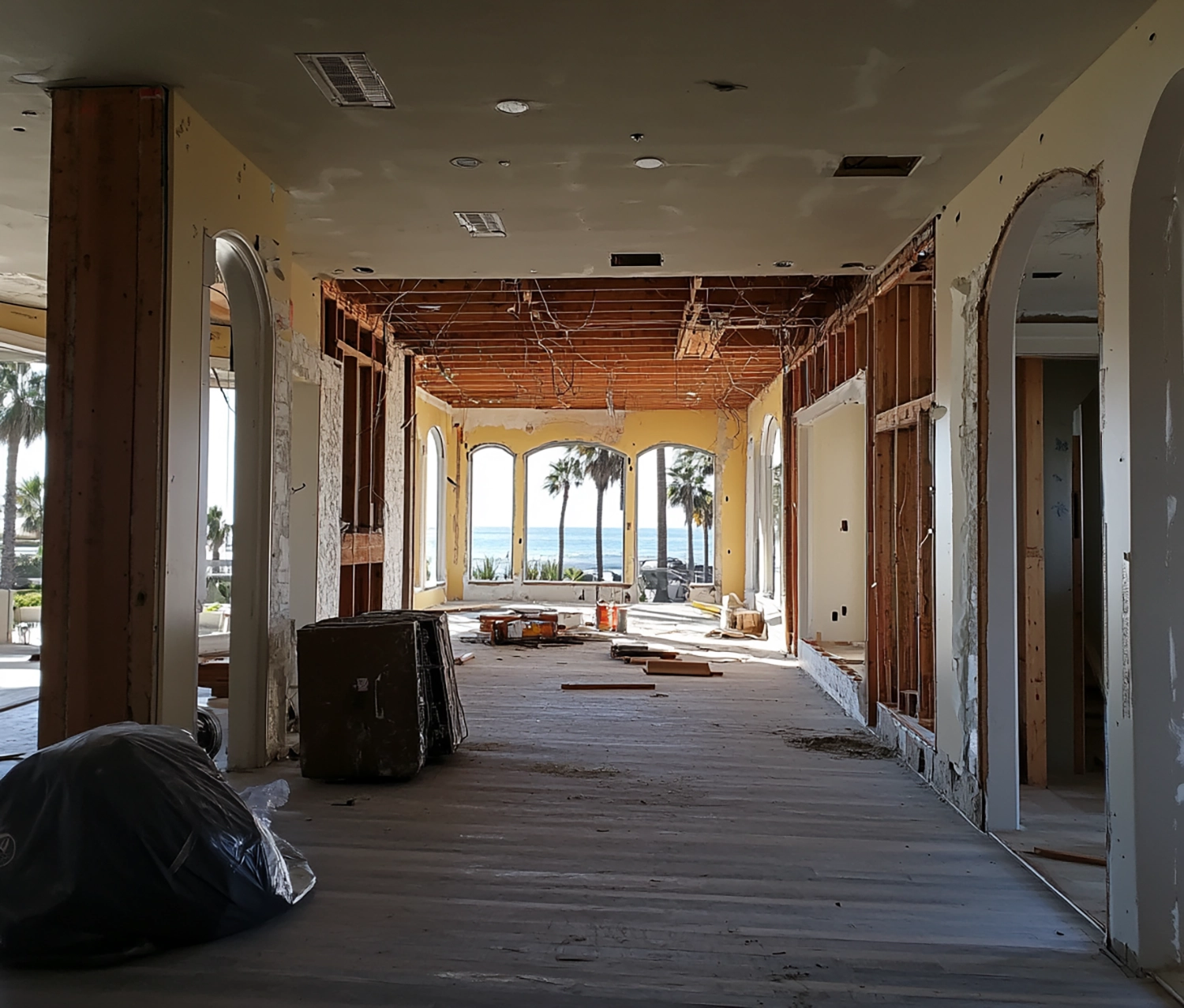
Top Trends in Designing Renovated Apartments: Emphasizing Functionality & Sustainability
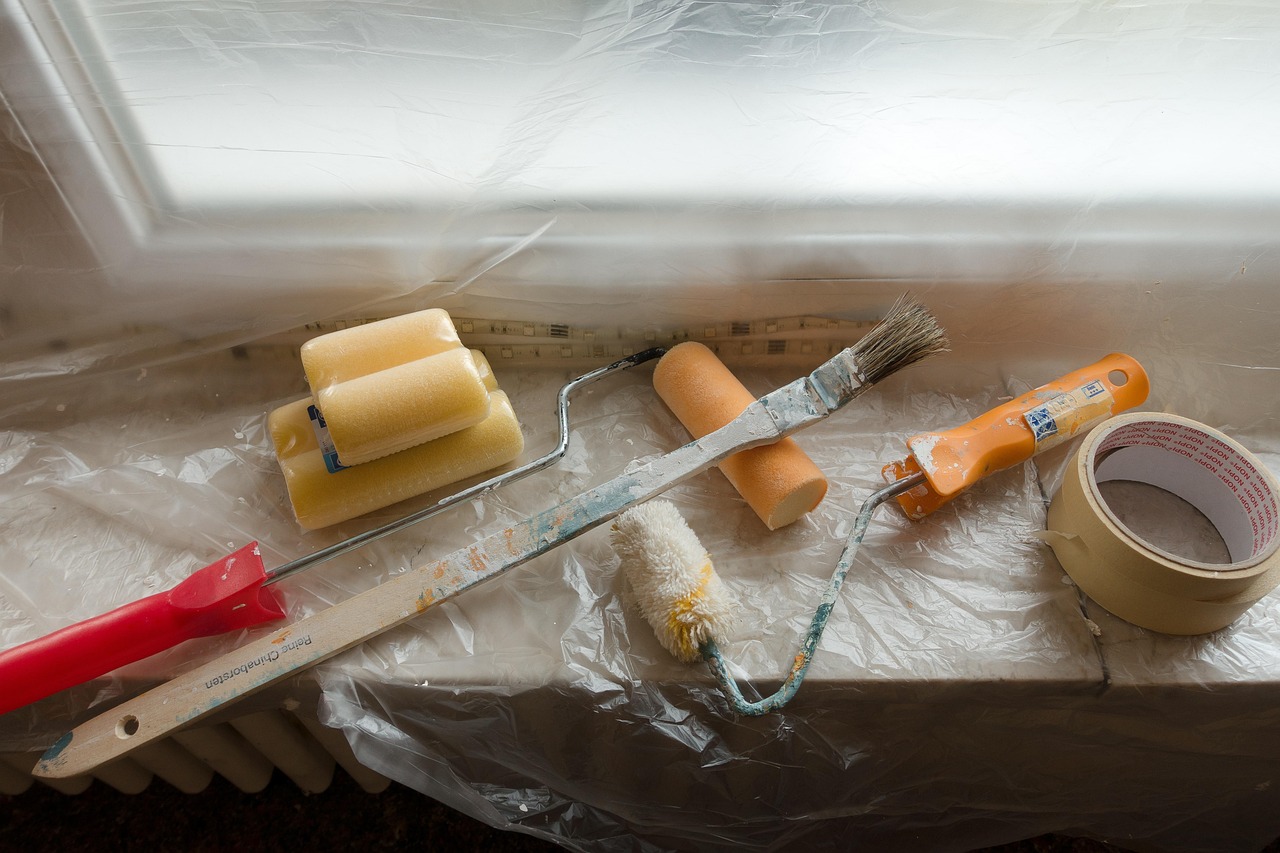
How to Plan Renovations to Minimize Disruption to Tenants
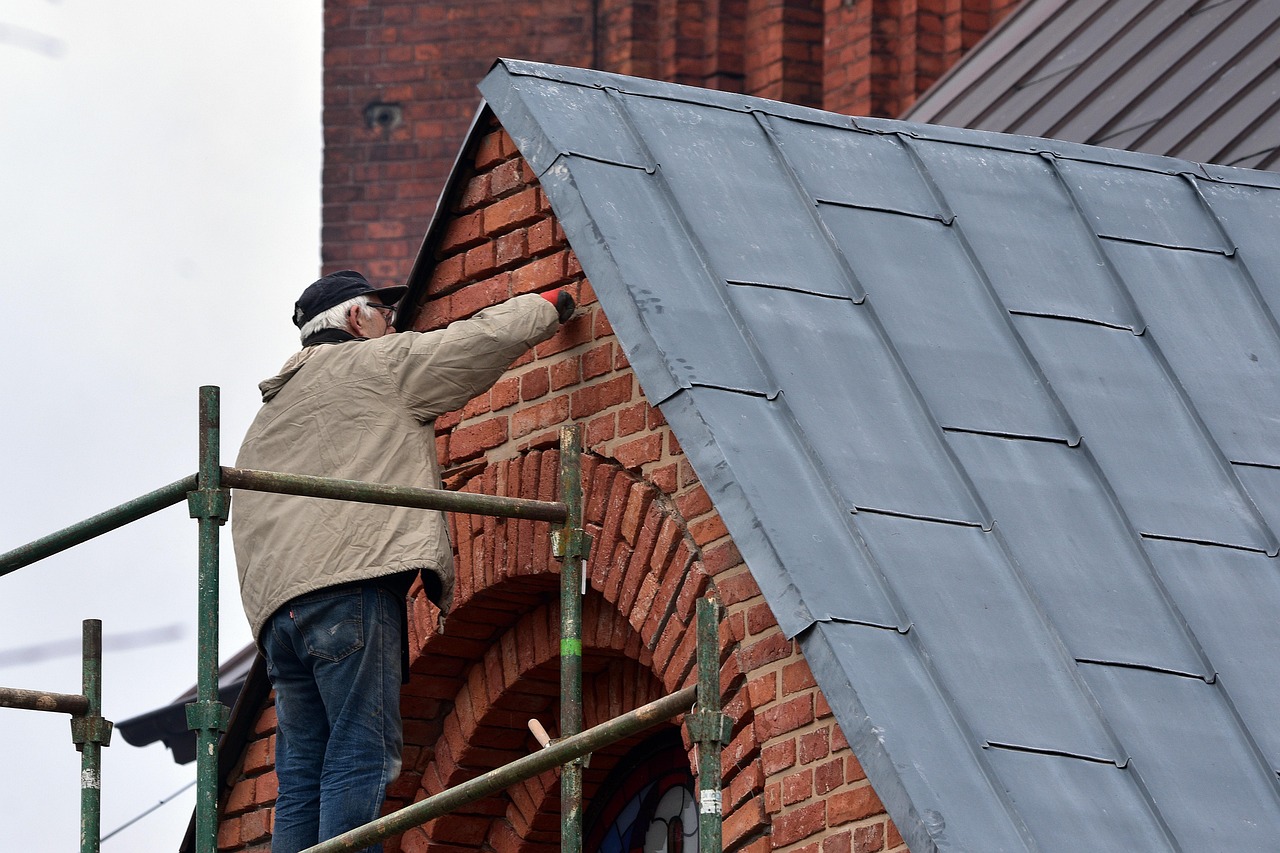
Working with Contractors: Key Steps for Successful Renovations

How to Set a Realistic Budget for Apartment Home Renovations
